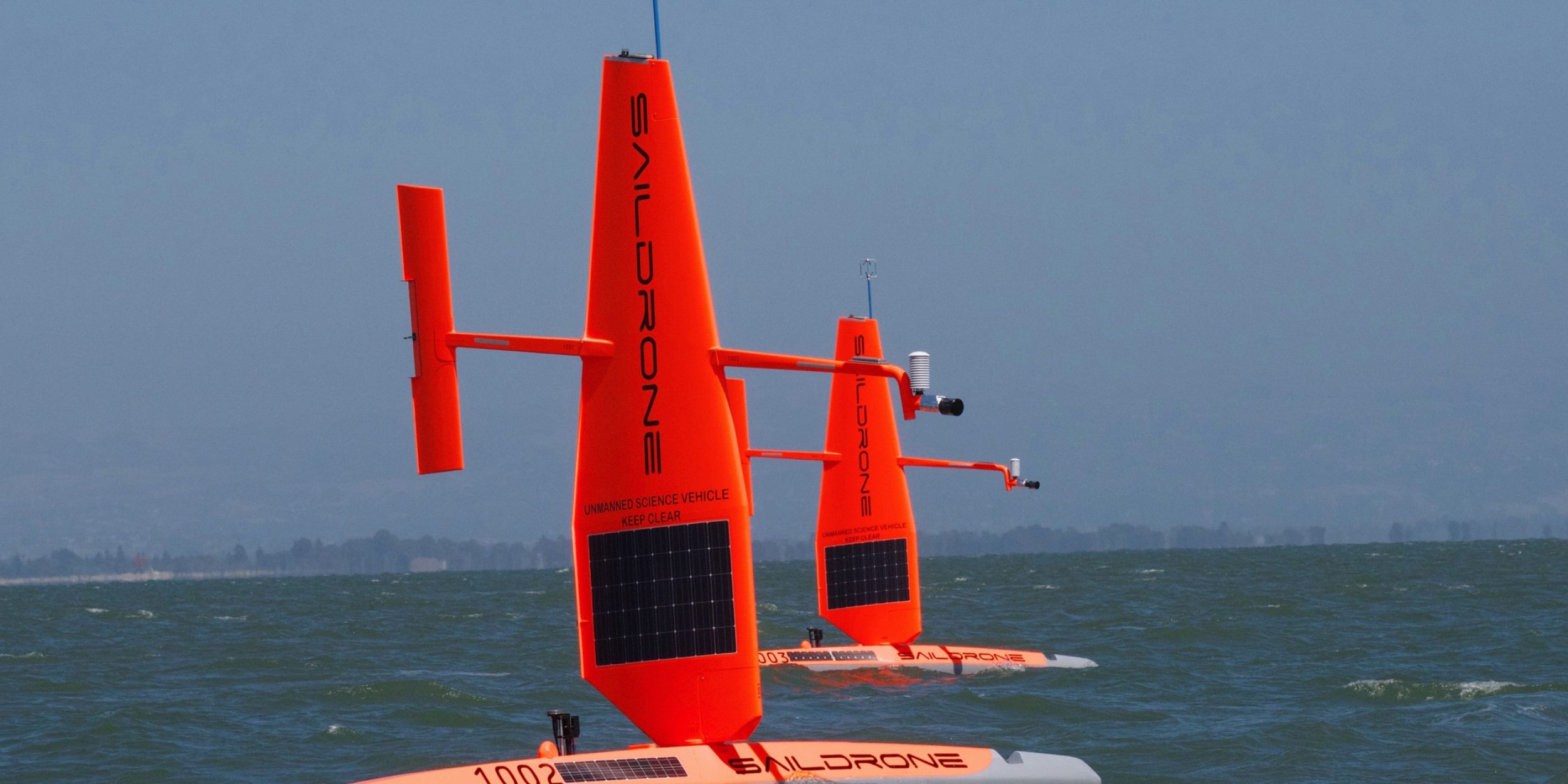Research has long shown that ocean surface temperatures can influence the atmosphere. Over the past twenty years, researchers have been studying how the atmosphere reacts to changing ocean temperatures globally, sparking debates on the exact mechanisms at play.
Using advanced tools like uncrewed surface vehicles (USVs), moored ocean buoys, and satellite data, a new research study investigates how changes in ocean surface temperature affect our atmosphere’s stability and movement. Focusing on the eastern Pacific Ocean near the equator, this work uncovers insights into how temperature changes on a short-term daily basis impact global weather patterns.
“We focused on the diurnal cycle, or daily recurring pattern, because convective activity both in the ocean and atmosphere organize at this time scale and it is thus a basic building block of the climate system” explained Meghan Cronin, lead scientist for this work. Meghan heads the Ocean Climate Stations group at NOAA’s Pacific Marine Environmental Laboratory (PMEL), monitoring important climate processes using buoys and USVs (i.e., Saildrones) with sensors to measure essential ocean variables to capture local air-sea interactions. Meghan and her team were supported by two grants from NOAA’s Climate Program Office for this work to develop datasets that will help improve climate predictions.
Saildrones navigate across the ocean, propelled by wind power and currents. Sophisticated technology on board the platforms collects various measurements of the sea and air and allows a pilot to remotely control the vessel. They can provide valuable high-resolution data over large areas of the ocean for extended periods without human intervention. In this study, the scientists show how Saildrone data can distinguish temperature changes caused by the sun heating the ocean during the day from those caused by sharp ocean fronts, a key accomplishment.
The scientists show that a strip of cool water stretching across the eastern tropical Pacific Ocean called the “cold tongue” region significantly warms during the daytime in contrast to the surrounding regions, weakening the cold tongue’s boundary, or front, every afternoon. This robust result which was first found in the Saildrone observations was shown to also be evident in observations from buoys and satellites. Furthermore, the research revealed that these daily cycles play a crucial role in shaping air pressure gradients and surface winds, potentially impacting large-scale air circulation patterns. This new insight into daily warming patterns illuminates the stabilizing and destabilizing drivers for the ocean and atmosphere, which will be essential to improving climate models and projections.
These results, published in Nature Geoscience, demonstrate the value of USVs like Saildrones for providing high-resolution data in both time and space, filling important gaps in understanding air-sea interactions in the tropical Pacific Ocean and across the world’s oceans. Such small-scale measurements are critical because of their potential to impact large-scale climate patterns. If we can accurately capture changes in sea surface temperature, atmospheric conditions, and ocean currents, these measurements will help scientists improve climate models and better predict weather events, ultimately leading to more effective strategies for mitigating the impacts of climate change.
Funding for this work was provided by the NOAA Climate Program Office’s Climate Observations and Monitoring (COM) program, NOAA’s Global Ocean Monitoring and Observing (GOMO) program, and the NOAA Office of Marine and Aviation Operations‘ Uncrewed Systems Operations Center.
For more information, contact Clara Deck, NOAA Climate Program Office, at clara.deck@noaa.gov.



